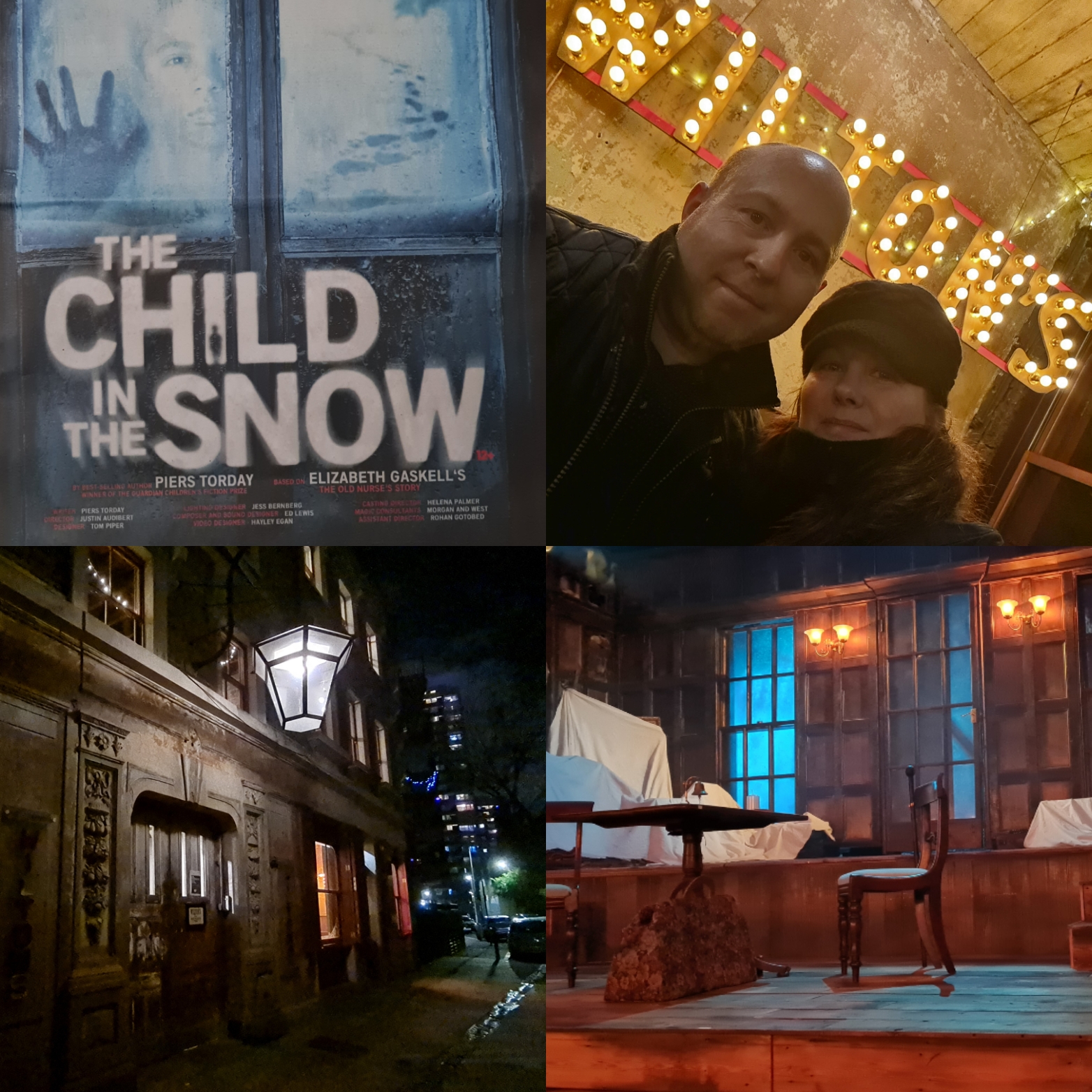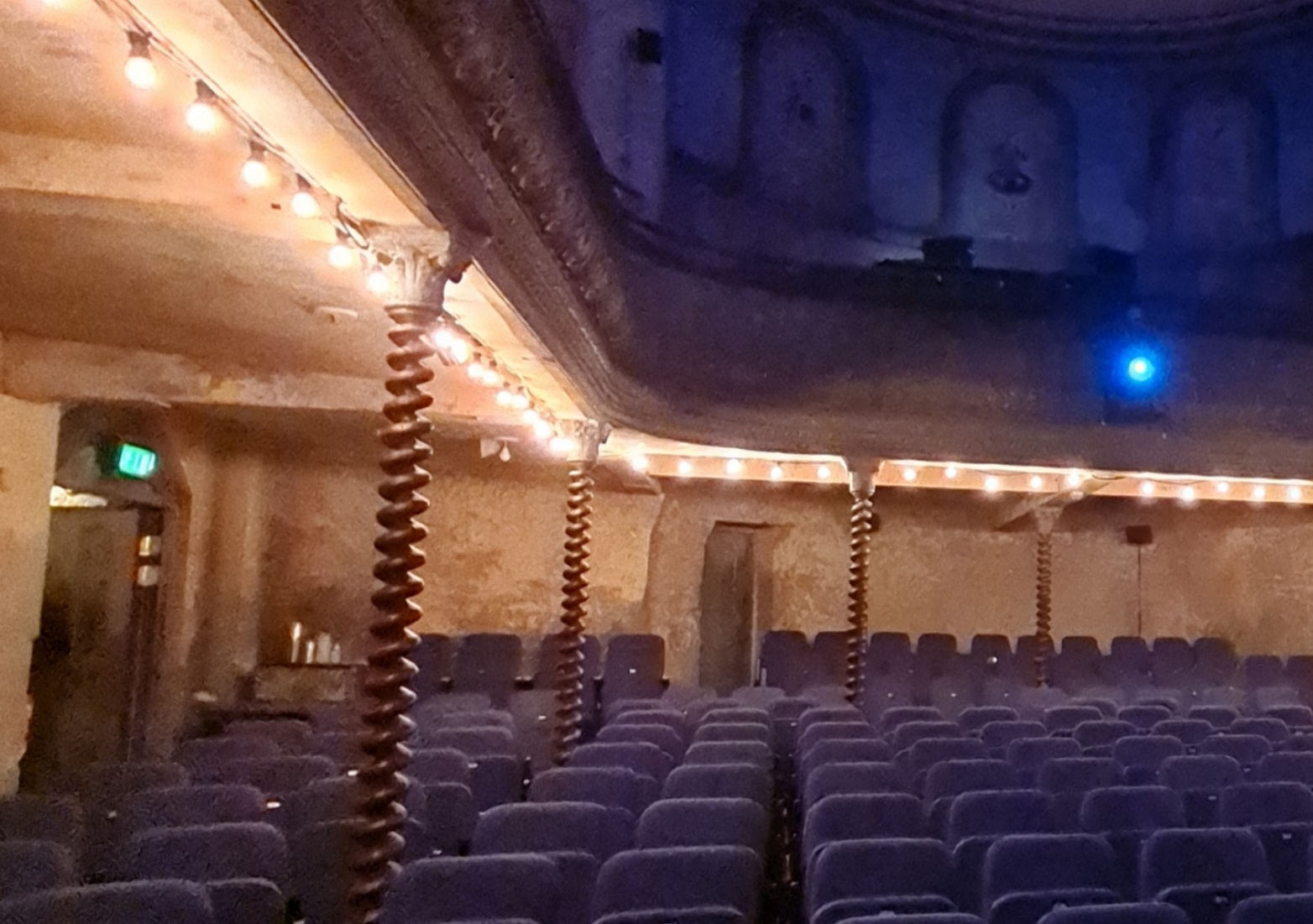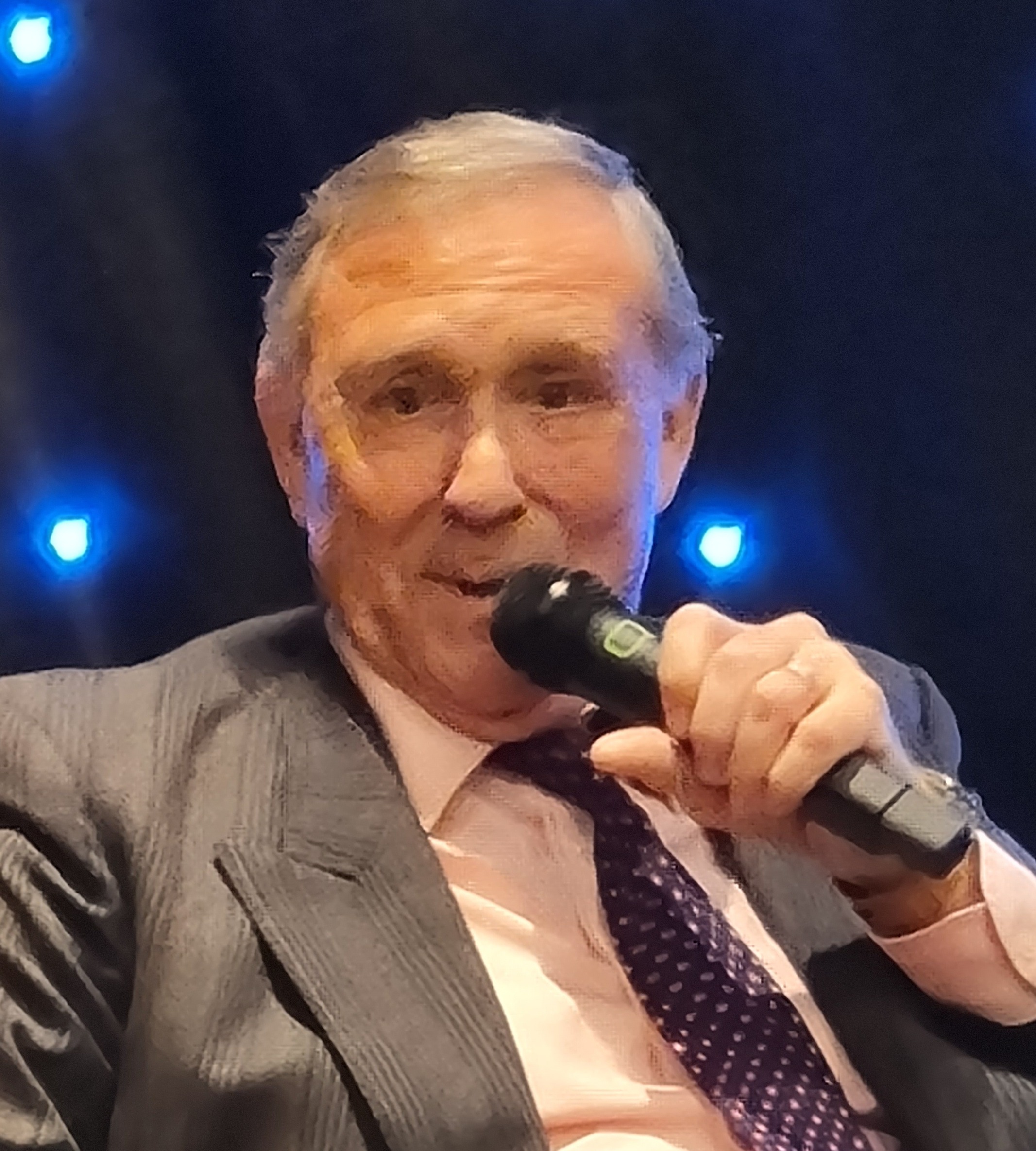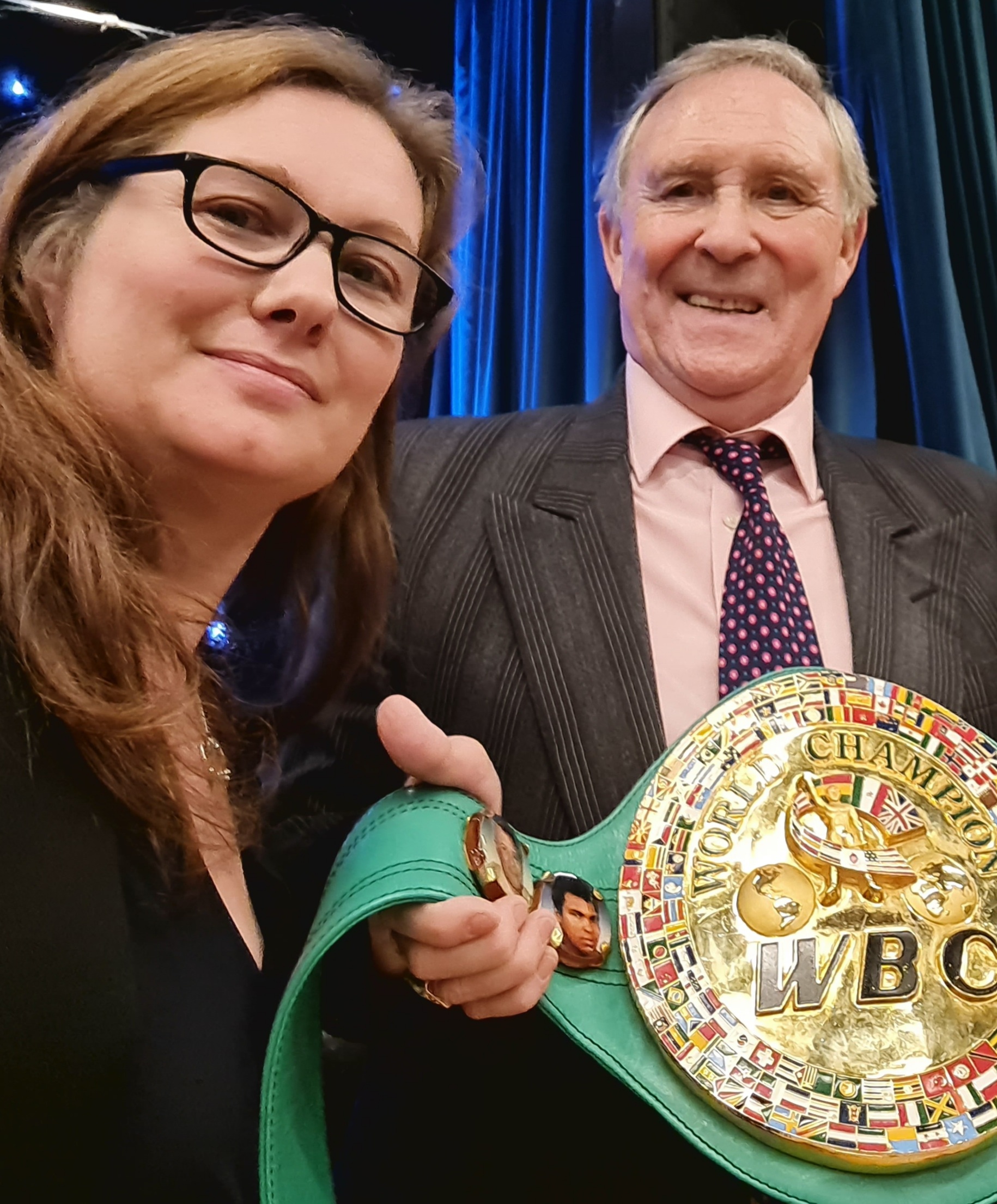Dave and I are often asked how we met and its through one of our multiple interests that happened. Both of us are historians with the subject matter crossing over through several areas. One of these is true crime and although our focus might differ, we are knowledgeable on each other’s subject areas. Cutting a long story short, we met on “The Naughty Bus”. Yes, those who aren’t in the know look a bit googly eyed at us when we share this nougat of information—and we have to explain!
First a little background on how
Micky and I became acquainted, and that was through Twitter. Like many people I’ve
come to know through writing, that’s often the case. He was the only person to
get away with calling me “Sweets” (or any such name) and not get blocked
because I sensed a genuine, loyal person and I was correct. It wasn’t long
until we were both part of London Crime, a website run by Jim Fletcher. I look up
to both Jim and Micky—a family outside of blood.
Colin Siggers (my dad), Micky and Myself
(my dad loves going on The Naughty Bus and meeting up with Micky)
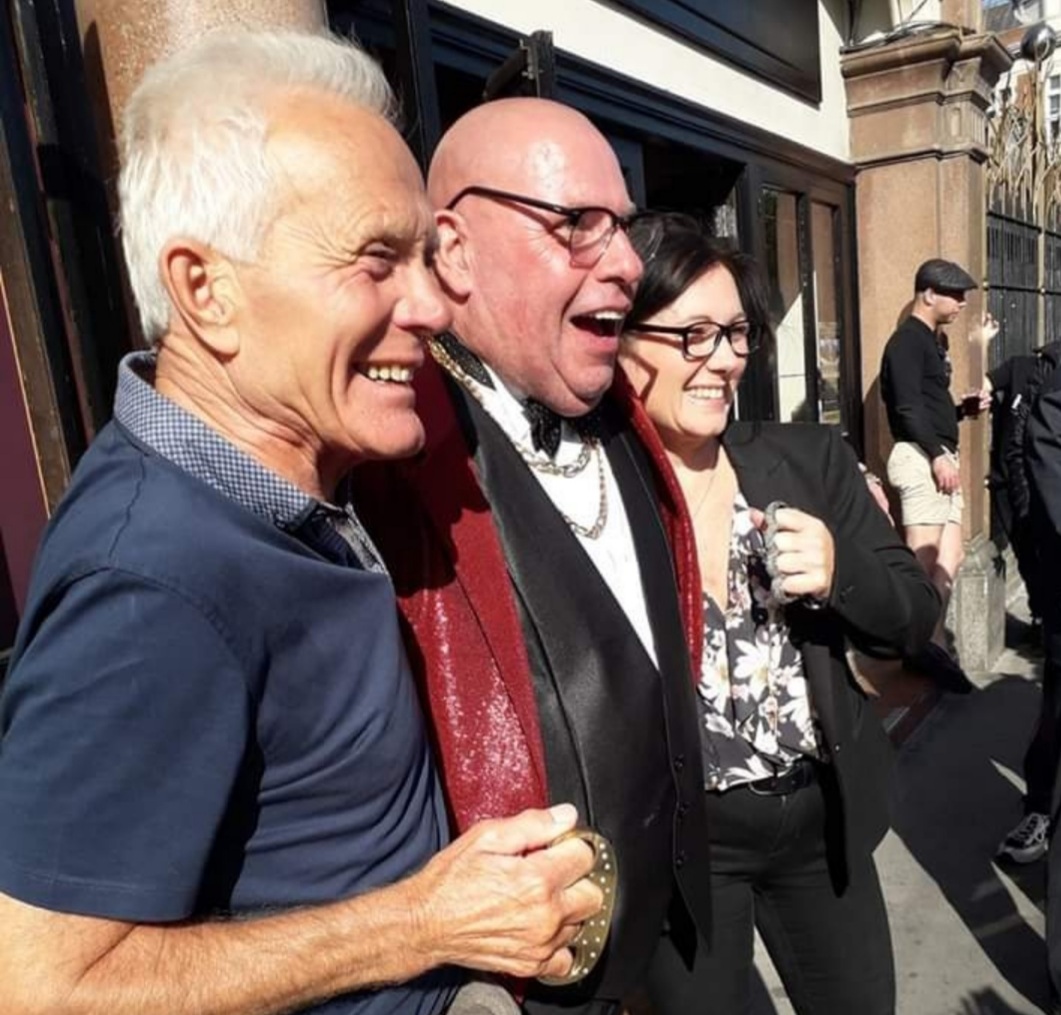
Micky is big-hearted, always taking on charity work. He’s often seen campaigning online for individuals or groups, raising awareness and especially at Christmas, collecting gifts then stopping the bus and to hand them out to the homeless. Timing is perfect for me to blog about about Micky as this week has seen on-line auctions for the Teens Unite Cancer charity, and humanity coming to light at the generosity of those bidding, with an independent treasurer (separate from those involved raising the money) banking the funds. All monies raised get donated and a big fat cheque will be presented on a special afternoon tea bus tour on 20th February.
Our good friend, then (my bruva from another muva) Micky Goldtooth is one in a million and The Naughty Bus belongs to him. It’s this bus you’ll need to embark if you fancy a tour of London’s East End underground naughty goings-on. Yes, that’s right, Micky and his unique team take you to hot-spot locations as they wind their way from London Liverpool Street train station towards The Blind Beggar public house.
For more information and to order tour tickets you can click the link below
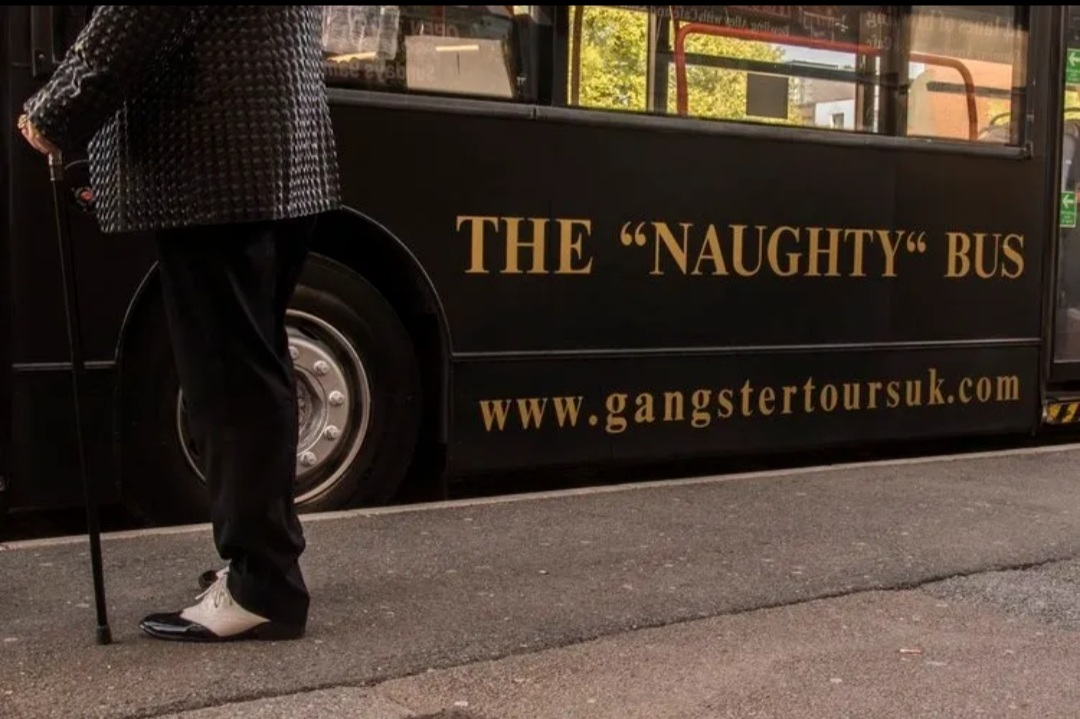
Not only do Micky and Ian McKenzie (who is the on-board historian) share their local knowledge of the Kray twins and their associates and enemies but they share their escapades—their personal experiences of London tourism. The duo will have you in stitches. Your memories will be captured by Karen, my lovely friend, but ultimately Micky’s wife.
Stopping off at The Blind Beggar, you’ll be in for more stories and a swift drink if that pleases you—it’s not forced—before heading off again towards Borough Market where the tour finishes.
Often there are on-board guests too, so that’s most definitely worth looking out for. Two that spring to mind are singer and performer Gary Driscoll, who often performs live on the bus and also Frank Portinari (who I featured on the blog a couple of week’s ago) who speaks, sharing his own stories.
Adorned with film posters and images portraying London life from the era of the Krays—and images of the brothers themselves, Micky’s tour is most certainly an attraction not to be missed. TripAdvisor reviews match my own, so next time you’re in the city, why not book up, hop on board and let Eric The Red drive you through the streets of the East End while Micky and his elite team treat you to some special stories of how the Krays and their associates operated.
by Donna Siggers


